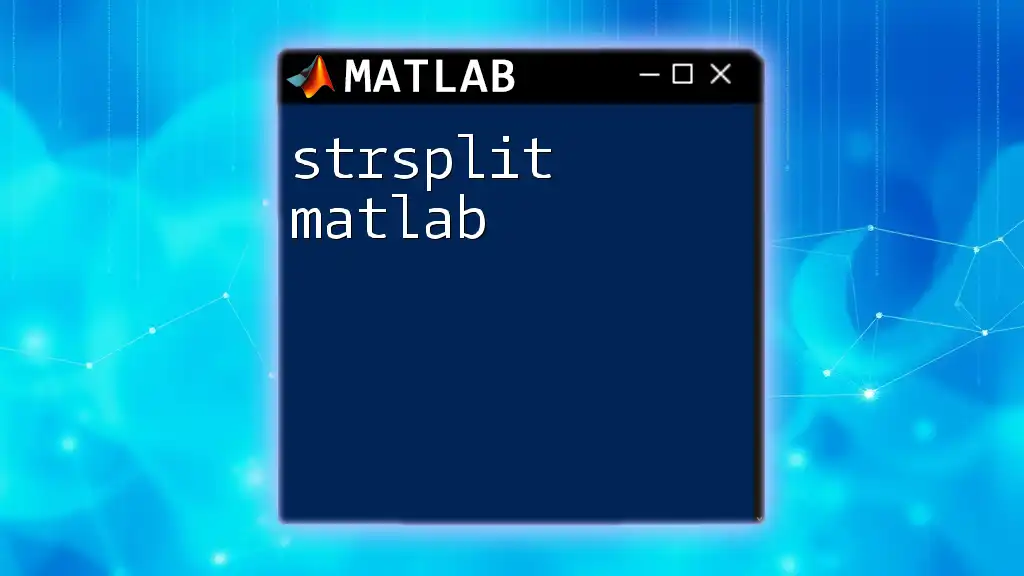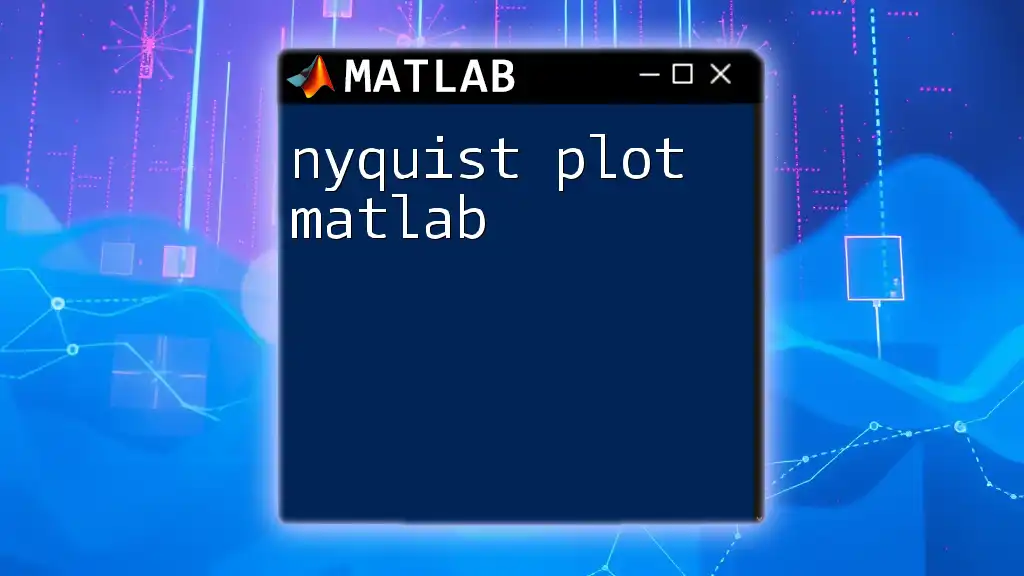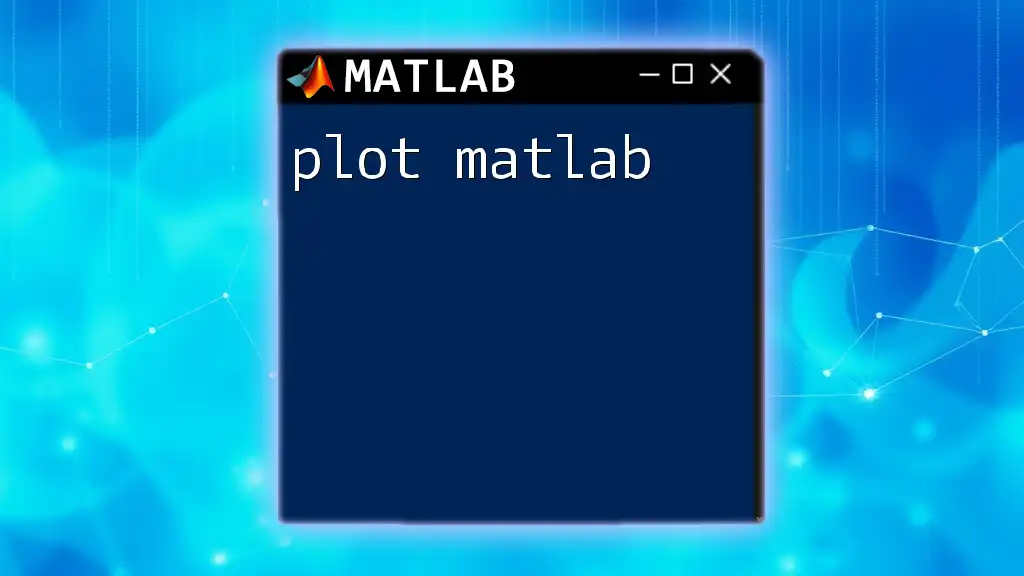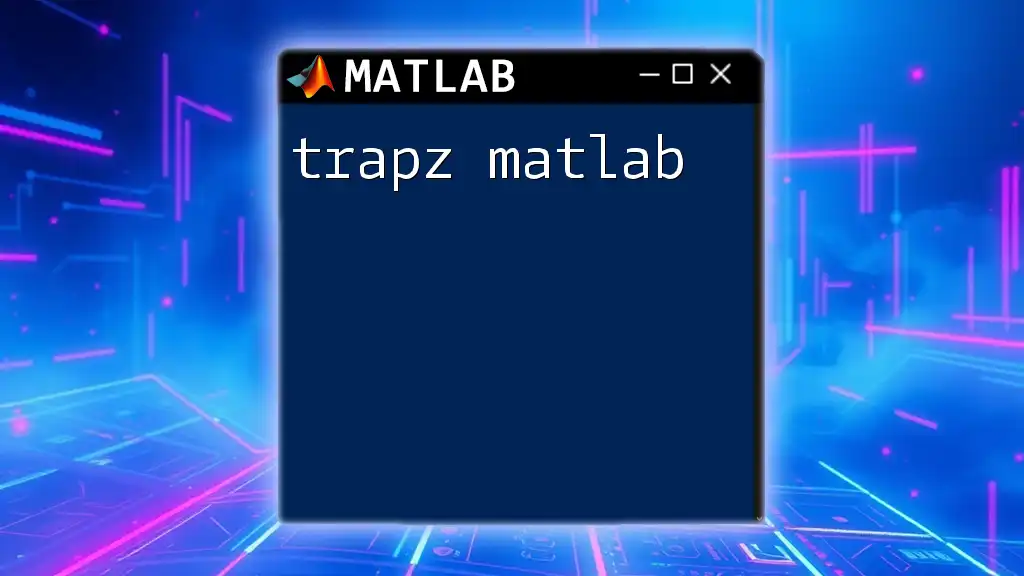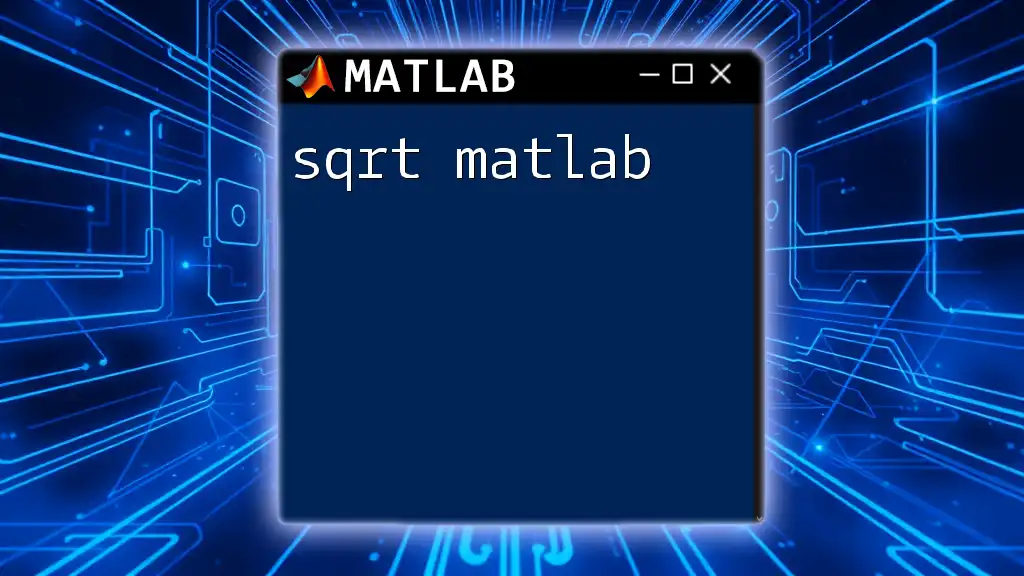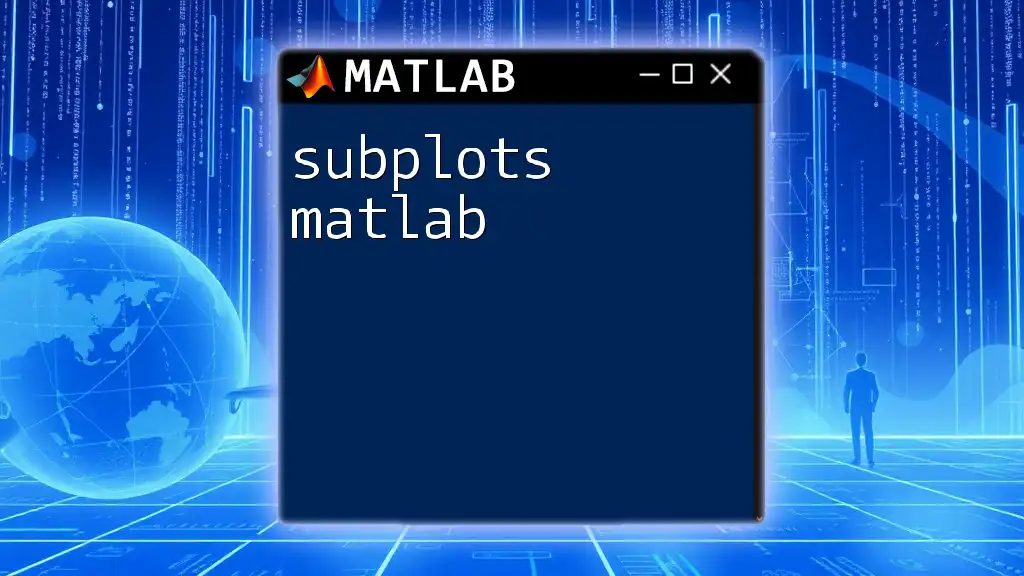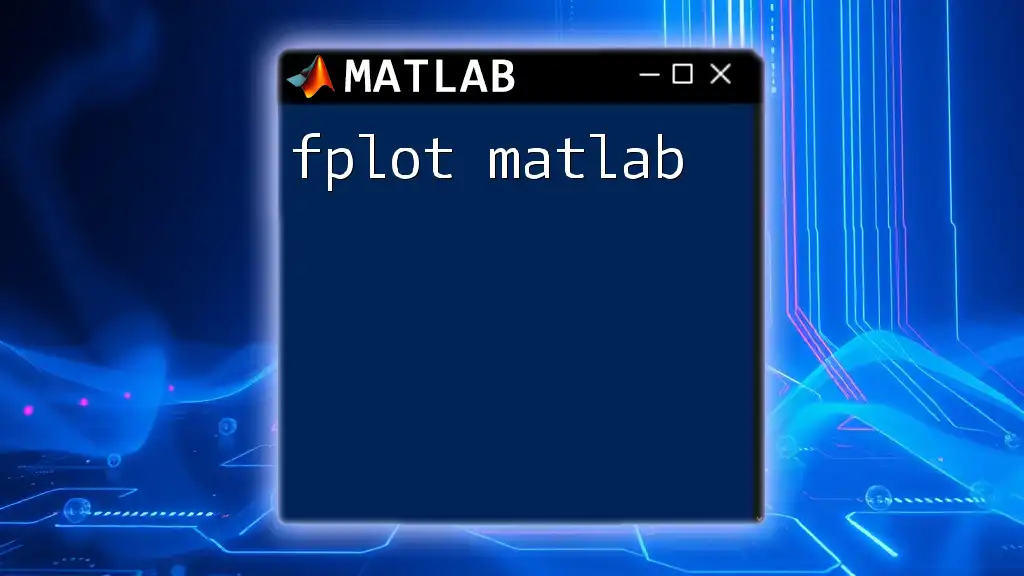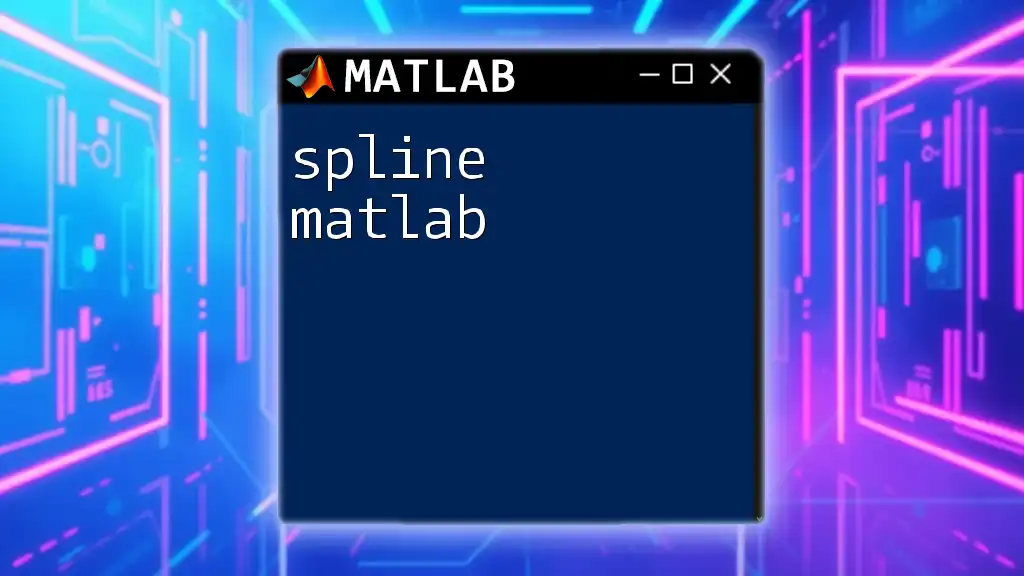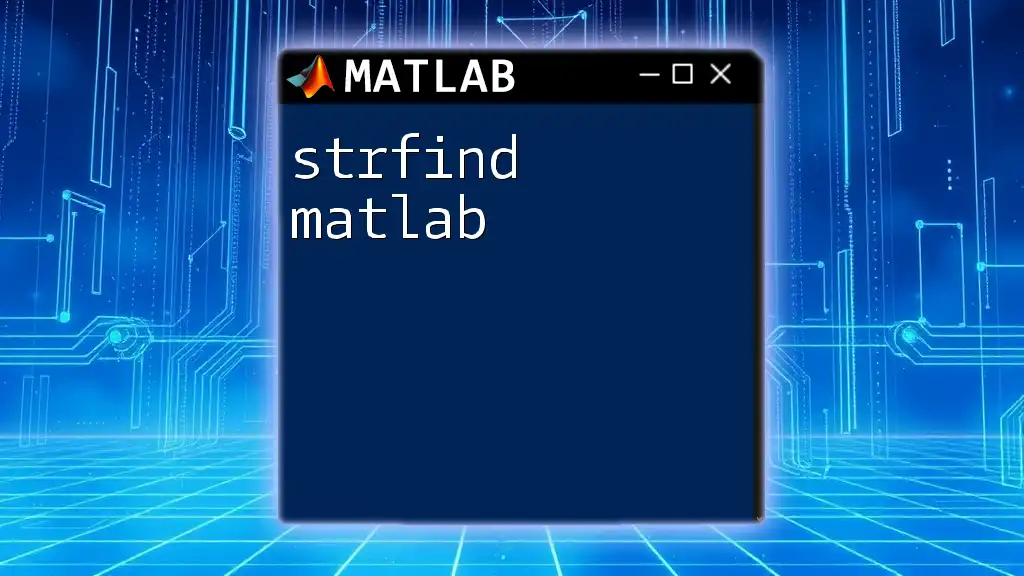The `strsplit` function in MATLAB is used to split a string into separate substrings based on specified delimiter(s).
Here's a code snippet demonstrating its usage:
str = 'apple,banana,cherry';
result = strsplit(str, ',');
Understanding the strsplit Function
Definition of strsplit
The strsplit function in MATLAB is designed to split strings into cell arrays based on specified delimiters. This functionality makes it an essential tool for text processing and manipulation, enabling users to efficiently parse and analyze string data. Unlike similar functions such as strtok and regexp, which offer more complex parsing capabilities, strsplit provides a straightforward approach to separating strings based on clear delimiters.
Syntax of strsplit
The syntax for strsplit is as follows:
C = strsplit(s, delimiter)
- s is the input string that you want to split.
- delimiter is the character or characters used to divide the string.
For instance, using a single character as a delimiter:
str = 'hello;world;MATLAB';
result = strsplit(str, ';');
In this example, the output `result` would be a cell array containing `{'hello', 'world', 'MATLAB'}`.

Key Features of strsplit
Delimiter Variability
One of the powerful aspects of strsplit is its ability to work with various delimiters. You can easily specify different characters to split your string.
Code Example:
str = 'apple,banana,cherry';
fruits = strsplit(str, ',');
In this case, the fruits variable will contain `{ 'apple', 'banana', 'cherry' }`. This functionality is particularly useful for processing CSV files or any other structured text data.
Handling Multiple Delimiters
strsplit allows the use of multiple delimiters, which is incredibly useful when strings have non-standard formats. For instance, if your data is separated by both commas and semicolons, you can split them using both delimiters simultaneously.
Code Example:
str = 'apple;banana,cherry orange';
fruits = strsplit(str, {';', ',', ' '});
The output here would be a cell array containing `{'apple', 'banana', 'cherry', 'orange'}`. This flexibility enables intricate text parsing without needing multiple steps or complex parsing logic.
Case Sensitivity
The strsplit function is case-sensitive, meaning that it treats differently cased strings as distinct entries.
Code Example:
str = 'Apple,apple,APPLE';
fruits = strsplit(str, ',');
The output will be:
{'Apple'}
{'apple'}
{'APPLE'}
This behavior is critical for applications requiring case distinction in string manipulation, as it ensures accurate handling of data.
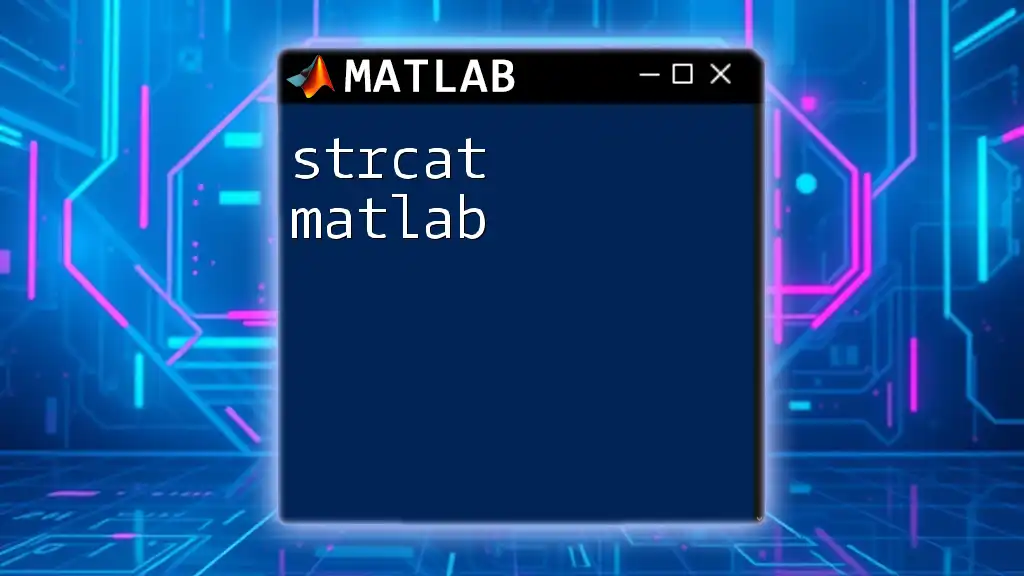
Advanced Usage of strsplit
Specifying Delimiter Types
MATLAB's strsplit offers options to specify how the delimiter is treated. For instance, you can differentiate between RegularExpression or Character delimiters.
Code Example:
str = 'value1;value2,value3';
values = strsplit(str, ';', 'DelimiterType', 'RegularExpression');
This command allows for greater flexibility, enabling users to parse strings based on more complex patterns.
Dealing with Empty Fields
An interesting aspect of strsplit is its ability to handle empty strings or fields gracefully. If multiple delimiters are adjacent, MATLAB will account for those empty fields.
Code Example:
str = 'apple,,,banana';
fruits = strsplit(str, ',');
The output will be:
{'apple'}
{''}
{''}
{'banana'}
This behavior is particularly useful when working with data where missing values can occur.
Output Formats
The output from strsplit typically comes in the form of a cell array. However, understanding how to handle these outputs is crucial for further manipulation and this function is often used in conjunction with other MATLAB functions, such as str2double, for numerical data conversion.
Code Example:
str = 'first second third';
wordArray = strsplit(str);
This will produce:
{'first'}
{'second'}
{'third'}
Transforming a string into a cell array can enable specialized processing tasks, expanding the versatility of the strsplit function.
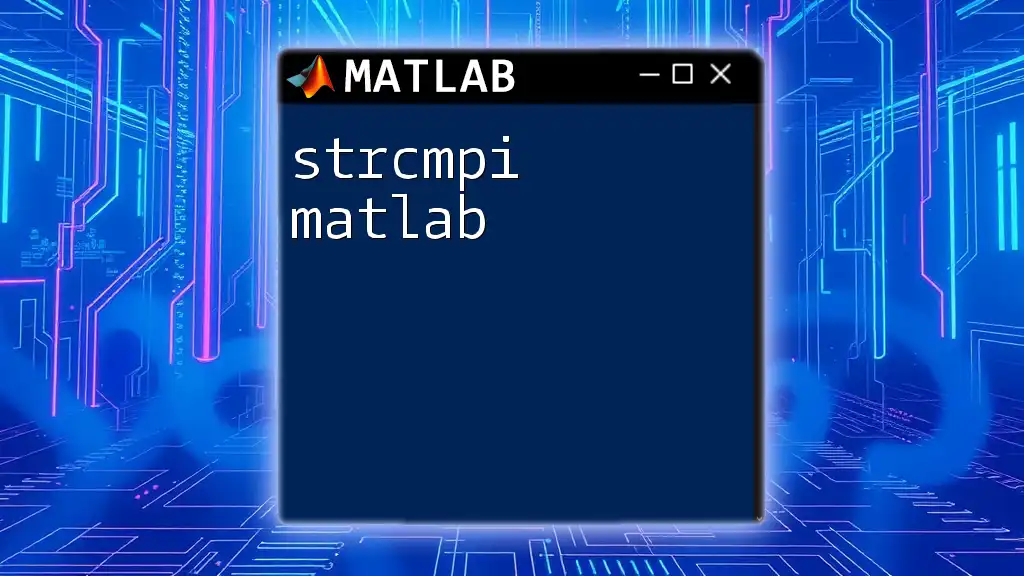
Practical Applications of strsplit
Data Preprocessing
strsplit plays a vital role in data preprocessing before analysis or modeling. Whether you're extracting specific features or preparing datasets for machine learning, the ability to isolate strings is key.
Code Example:
data = '23,45,78,23,89';
numbers = strsplit(data, ',');
numbers = str2double(numbers);
This example first splits the string using comma as a delimiter and subsequently converts the string values into numerical data. Such a transformation is common in data analysis workflows to ensure data integrity and reliability.
Parsing Config Files and Logs
Consider the scenario of reading configuration files or log entries, where string data often comes in a structured format. The strsplit function simplifies this process.
Code Example:
logLine = '2023-10-02 10:00:00 Error: File not found';
logParts = strsplit(logLine, ' ');
The resulting `logParts` will allow you to extract relevant information, such as timestamps and error messages, facilitating effective error handling or report generation.
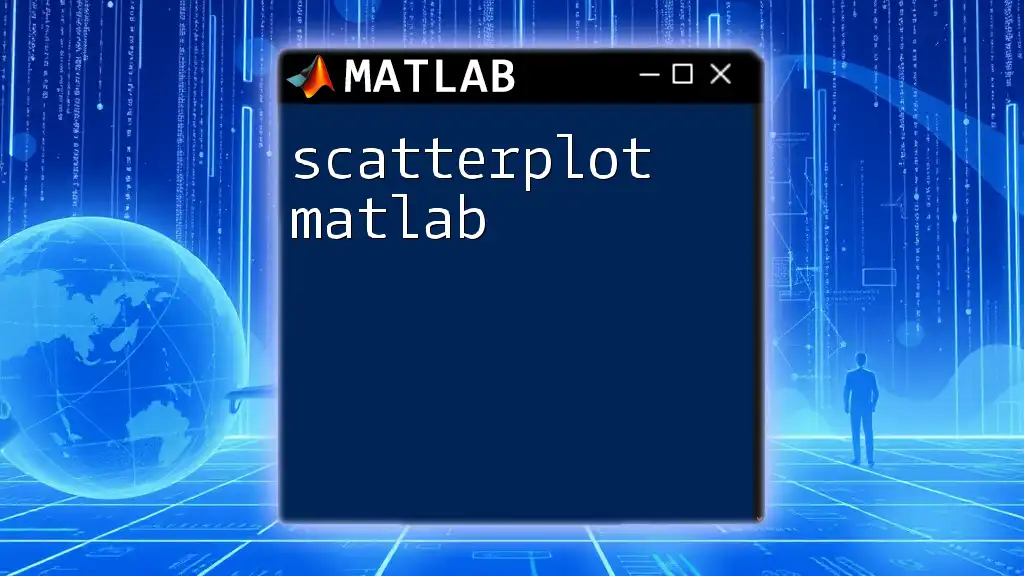
Debugging Common Issues with strsplit
Issues with Unexpected Results
Sometimes, unexpected results occur due to overlooking spaces or the nature of delimiters. It is crucial to examine your input string closely and ensure your delimiters are correct.
For example, a string with invalid spaces might not split as anticipated, leading to results that are difficult to work with.
Performance Considerations
When working with large datasets, consider the efficiency of strsplit. While it is quite efficient for common applications, if faced with extensive datasets, optimizing the use of vectors or other string handling functions could yield better performance. Always assess the requirements of your task to choose the best approach.
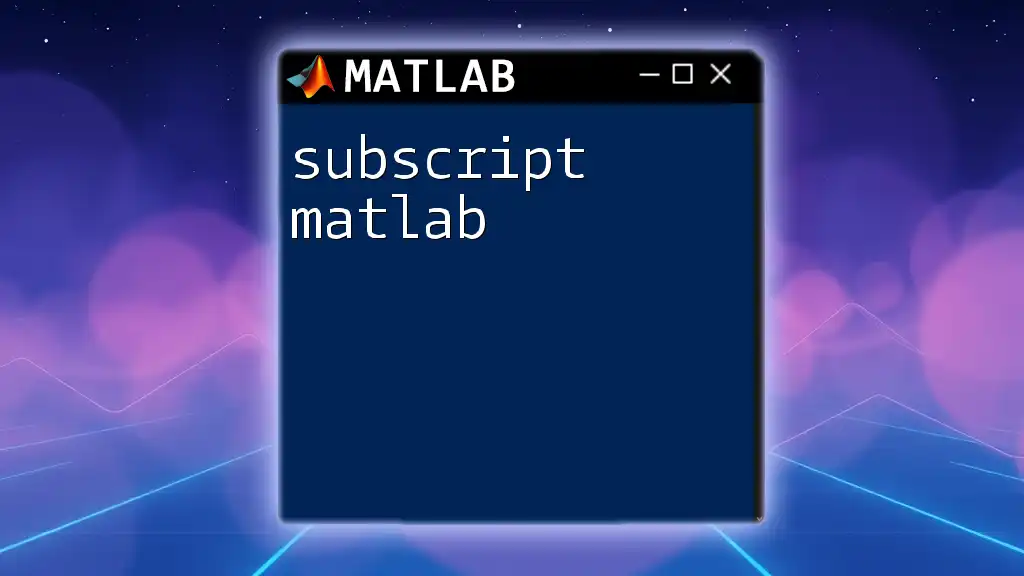
Conclusion
The strsplit function in MATLAB is a powerful tool that simplifies string manipulation, enabling efficient data processing and text parsing. Whether you are a beginner looking to get your feet wet with string operations or a seasoned analyst needing precise control over string data, understanding how to leverage strsplit will enhance your MATLAB skills. Experiment with the examples provided, and don’t hesitate to explore additional resources to deepen your knowledge in string manipulation within MATLAB.

